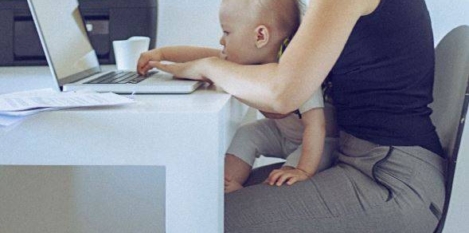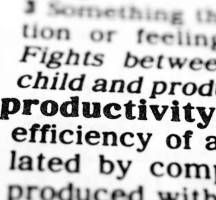March 22, 2016
Third of workers over 50 will retire later than planned, but not all reluctantly 0
 A third of people aged over 50 who are employed in the private sector are now planning to retire later than they previously thought according to Aviva’s latest Working Lives report. A lack of pension savings (46 percent) is the primary reason for people to postpone their retirement plans, and the amount that would be available through the state pension (32 percent) was also an issue. Not all the reasons given for working longer were negative though, with one in five (21 percent) of those expecting to work longer doing so because they feel they still have a lot to offer their employer. A similar proportion (20 percent) said that job satisfaction has encouraged them to put off retirement. Levels of job satisfaction were highest amongst those aged over 65, with a large majority (86 percent) of private sector workers in that age group saying they enjoy their work, compared with just 57 percent of those aged 18-64.
A third of people aged over 50 who are employed in the private sector are now planning to retire later than they previously thought according to Aviva’s latest Working Lives report. A lack of pension savings (46 percent) is the primary reason for people to postpone their retirement plans, and the amount that would be available through the state pension (32 percent) was also an issue. Not all the reasons given for working longer were negative though, with one in five (21 percent) of those expecting to work longer doing so because they feel they still have a lot to offer their employer. A similar proportion (20 percent) said that job satisfaction has encouraged them to put off retirement. Levels of job satisfaction were highest amongst those aged over 65, with a large majority (86 percent) of private sector workers in that age group saying they enjoy their work, compared with just 57 percent of those aged 18-64.


































March 21, 2016
Graduates value flexible work and innovative office spaces over pay 0
by Sara Bean • Comment, Flexible working, News, Workplace, Workplace design
(more…)